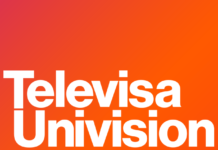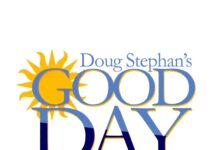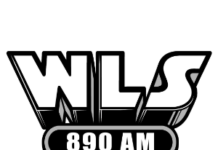
(By Bob McCurdy) The vast majority of the following came from a memo I wrote 12 years ago. I do not profess to be a programmer. You be the judge if it’s more relevant today.
Are we adapting our music programming at the same rate that the audio universe and the listener is evolving?
The next generation of young radio programmers. Where are they? The Lee Abrams’, the Bill Drake’s, the Todd Storz’, the Jeff Pollock’s, the Fred Jacobs?
2020 Note: Abrams is working on a 40+ format, can lightning strike twice for Lee?
Does anyone remember the last year a new format debuted?
Musically, are we opting not to offend at the expense of delighting?
When it comes to format structure, should there be more or a little less rigidity?
Has the balance between art and science gotten out of kilter in science’s favor?
Time to let the personalities outside morning exhibit some personality? This does not mean out-of-control.
Time to rethink how commercials can be scheduled to best serve both listener and advertiser?
Is looking back a way forward? Is there anything from FM stations of the late 1960’s that could work today? Can what is old become new again to a new generation of listeners? Are there aspects of NPR music or news formats we might borrow?
Would a little more music unpredictability be a good thing?
Have we become too data dependent and intuition deprived?
In terms of commercial load, are FM music stations of today beginning to resemble the AM music stations of the 1970s?
Will people have fewer entertainment options in the automobile in the future?
2020 Note: April highlighted the need to become less reliant on the car.
Is it likely Generation Z and Millennials will “grow into” radio? The opposite likely needs to happen, radio must “grow into” them. What needs to occur to make this happen?
Is it time to stop playing the ratings game, chasing the small universe of PPM holders in each market through geo-fencing tactics, etc.? Would it be better to focus on providing the entire market with better programming attracting not only the PPM holder as well as everyone else? Is chasing PPM holders playing small ball?
Can current FM music programming win in settings where there are convenient on-demand, low/no commercial audio alternatives?
Music falls into two categories: The stuff we know we want which we want to be in control of and the stuff that we don’t yet know we like, but would want to listen to. It is difficult for radio to dominate in the first category with on-demand pure plays but it can compete effectively in the second. Do today’s playlists make this likely?
Addressing these questions is obviously not easy in the best of times and it is easy for someone on the sidelines and editorialize, but the virus has opened the door for the industry to begin to make some progress with them now. I get that it is all about revenue but revenue is about “and”, sales “and” programming. We already have the 90+% reach, maybe some of the above can assist somewhat with generating some additional TSL.
Getting listeners to stay tuned for another quarter hour/day or tune in one more time daily for a quarter hour would increase overall market listening in Philadelphia and Boston with A25-54’s 15-20%. Bet it would be the same in other markets as well.
But what does an over-the-hill sales guy know?
Bob McCurdy is now retired and can be reached at [email protected]







